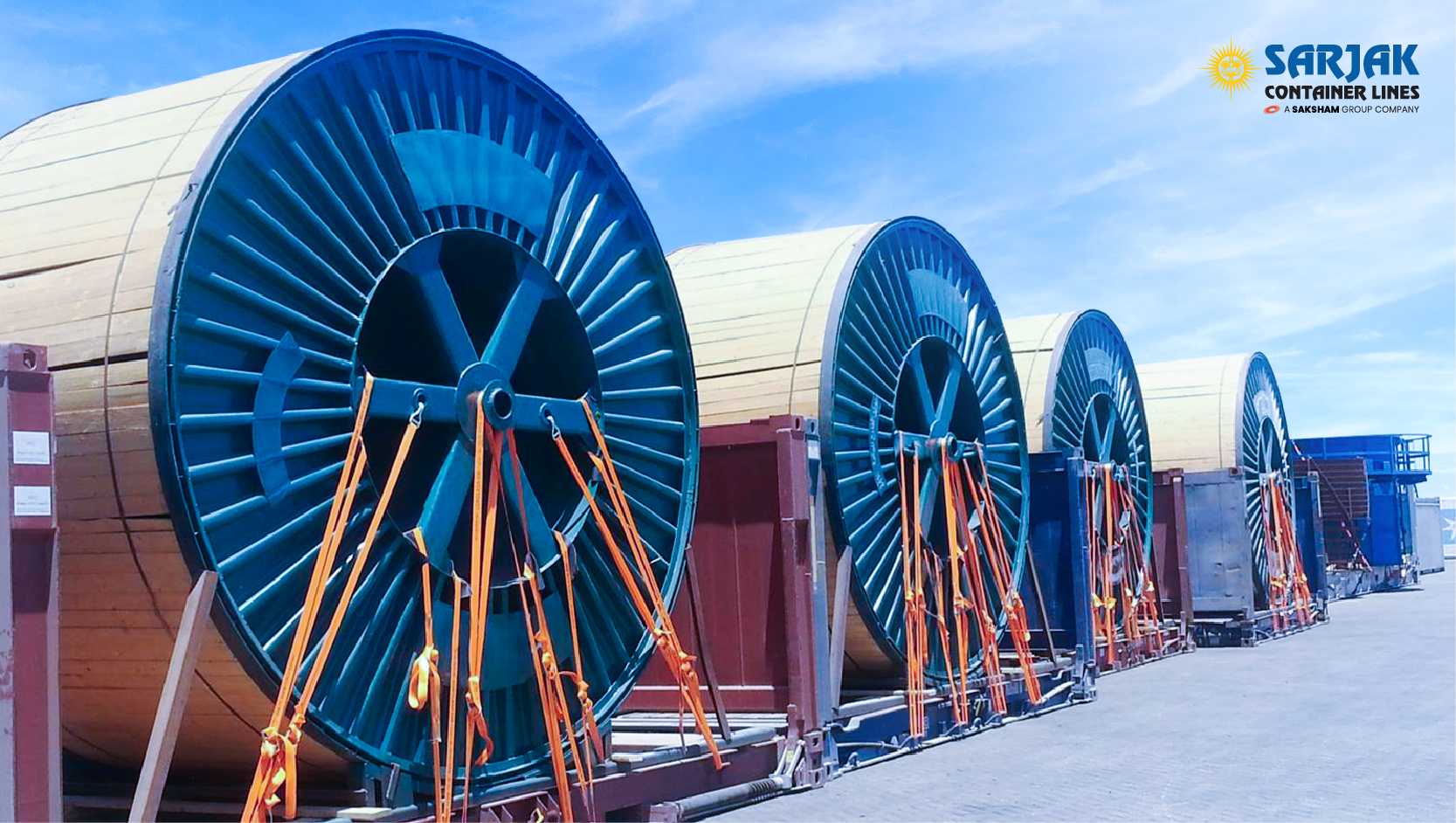From among the several documents that are used in a shipment, be it by Air, Sea or Land, all require a receipt to show that the shipment has been loaded on a particular Vessel, Aircraft or Truck. In order to differentiate the various forms of transport, Sea Transport receipts of goods are called – Bills of Lading, Air Transport are called – Air Waybills and Truck transport are called -Truck Waybills.
There are different types of Bills of Lading (Bs/L)
- Straight B/L: This is a non-negotiable and non-transferable B/L, wherein the shipment is delivered to the consignee upon proper identification.
- Multimodal B/L or Combined Transport B/L: This is the most prevalent type of B/L, as it takes into account the movement of the shipment via different modes of transport. E.g. for an ex-works shipment, cargo moves by road to the seaport. This leg is shown on the B/L as ‘Place of Receipt’. Then the shipment is moved from Port A to Port B. This leg is shown on the B/L, as ‘Port of Loading’ and ‘Port of Discharge’. The name of the vessel as well as voyage number is also shown. Finally, for this Ex Works shipment, the ‘Final Place of Delivery’, is the location or city of the delivery site and is shown on the face of the B/L. This is a Negotiable document and can be used for Letter of Credit (L/C) purposes.
- To Order B/L: In this type of B/L, the consignee is shown as ‘To Order of Bank’ or just ‘To Order’. If Order to Bank, then the shipment is under an L/C and the bank has control of the cargo. It will not release the shipment until the shipper or consignee, (the party that has taken out the L/C) pays the bank. Once the bank receives its funds, the B/L will be endorsed by the bank to the consignee and the carrier is then permitted to release the shipment to the consignee. If a shipment is just To Order, then this means that the goods may be sold enroute to a consignee. Until that time, the shipper remains the owner of the goods and only once the B/L is endorsed to the consignee, then the shipment can be released to the named consignee. Carriers need to be very vigilant in these type of shipments.
- Sea Waybill: This is a Non-Negotiable document and hence not a document of title. This is preferred by Merchants and International Freight Forwarders. As this is a Non-Negotiable document, there is no need for an original to be submitted. The only requirement is for the named consignee on the B/L to identify themselves and take delivery of the shipment.
- Difference between Express Release & Telex Release: A Telex release has a physical Original Bill of Lading issued, printed and surrendered, whereas there is No Original Bill of Lading issued to anyone with an Express Release, and therefore is a Non-Negotiable Document.
In simple terms, Bills of Lading are documents issued by the Carrier to the Merchant accepting receipt of the goods that need to be transported from point A to point B. The document contains the full description of the goods and the party that needs to be notified at destination for receipt of the goods.














